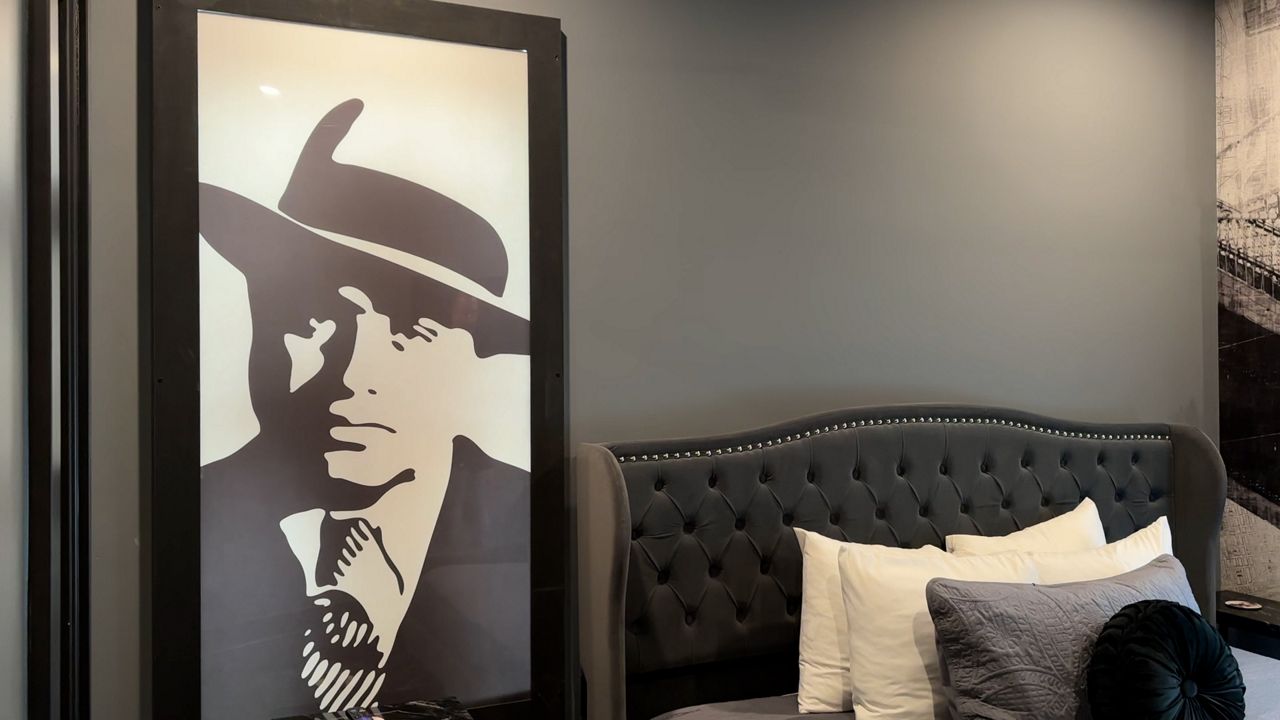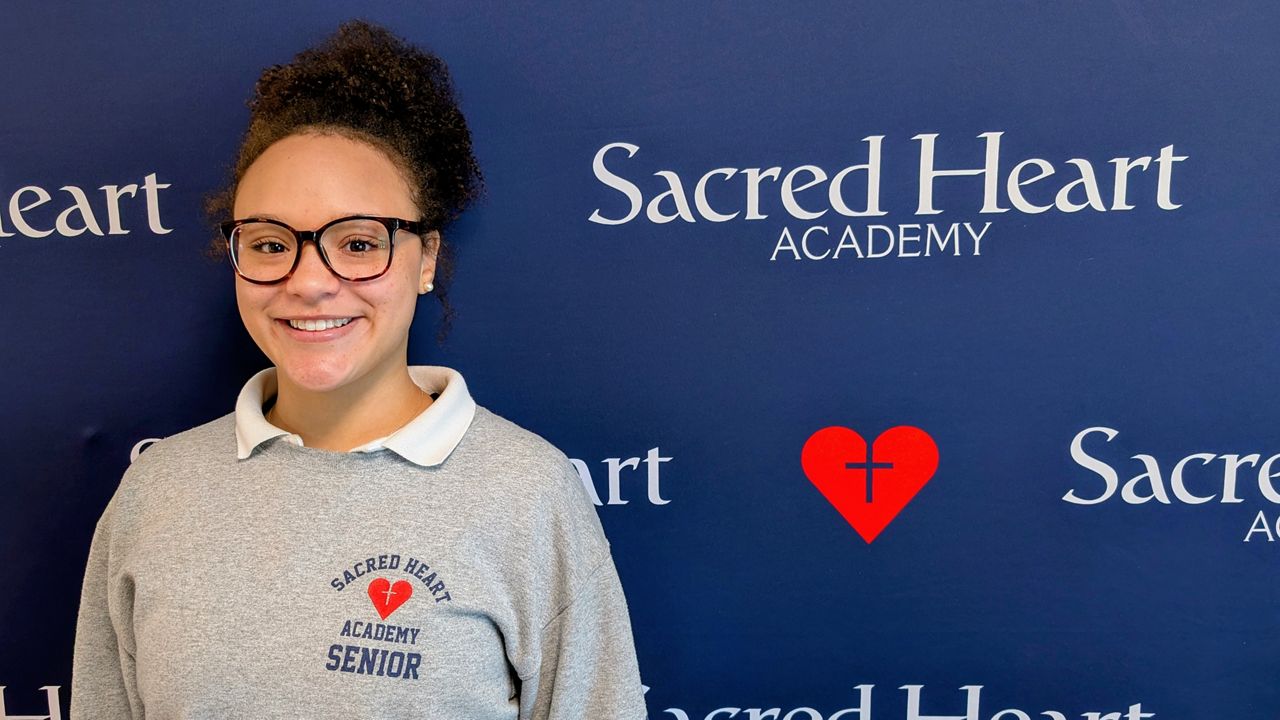LOUISVILLE, Ky. — When the Louisville protests started over 60 days ago, people largely marched in the streets. Lately, they have evolved into more organized and strategic direct actions that also focus on issues beyond justice for Breonna Taylor.
For example, in mid-July Louisville Mayor Greg Fischer left a press conference early because of protesters showing up right behind him speaking at a podium with a banner that stated the same thing they were chanting, “Fire, fire, gentrifier!”
Gentrification is one issue now that is a part of the conversation since Taylor’s family’s lawyers linked the city’s gentrification plan to the no-knock warrant served on March 13, 2020, which resulted in her death.
“It felt really, really good. It felt like change was actually happening,” said Talesha Wilson, when asked about that protest.
Wilson told Spectrum News 1 that she has been organizing since she was in high school. The 27-year-old is now on the board of the social justice organization Change Today, Change Tomorrow, is affiliated with Black Lives Matter, and she organizes workshops and training to teach people how to effectively organize.
Wilson trained the protesters that executed the “Fire, fire, gentrifier” protest.
“That is our purpose. Today. It’s not the overall purpose. The overall purpose is arrest the police officers and convict them; the ones who killed and murdered Breonna Taylor,” Wilson said. “That’s the overall goal of everything, right, in this very moment, but there are so many smaller things that have to happen, in addition to that,” Wilson explained.
Peaceful, but not quiet; disruptive, but not violent. Louisville has seen many strategic and direct actions like this pop up recently.
From protesters sitting on Attorney General Daniel Cameron’s front lawn, which resulted in 87 arrests, to four protesters currently in their second week of a hunger strike, Wilson said direct actions like these help provide safety for protesters because there is organization. It also helps with focus on core messages.
“People, you know what I’m saying, don’t how to cancel out all of the noise in order to get the bigger message. So now we have to be a little bit more strategic to help those things happen,” Wilson told Spectrum News 1.
Direct actions require training, which Wilson helps lead. She said it took about 30 hours, over three weeks, to organize the “Fire, fire gentrifier” protest.
The concept of direct action is not new.
In 1963, Martin Luther King Jr. wrote in his Letter From A Birmingham Jail, “Nonviolent direct action seeks to create such a crisis and foster such a tension that a community which has constantly refused to negotiate is forced to confront the issue.”
Dr. Dewey Clayton, a University of Louisville civil rights professor, said protests that include non-violent, direct actions are very effective.
“And oftentimes protests will cause politicians, public officials, to act in a much more speedy fashion than they might normally,” Dr. Clayton said.
Training people to protest was also key to successful protests during the 1960’s Civil Rights Movement.
“They had workshops. People thought when they sat down on lunch counters it was just haphazard. No, it wasn’t,” Dr. Clayton said. “They actually had gone through training so that if one person was being beaten by the police or handled by them, they would literally learn how to protect that person‘s body,” Dr. Clayton added.
Wilson said the ultimate goal of a leader is to train more leaders so they can organize more direct actions. That way, other leaders like herself can focus on policy on the backend to ensure longterm changes.
“And not everyone wants to be a part of the smaller things. They want to see the end result. So many of us are very much this microwave generation; where we just want it done right then and there,” Wilson said.
She added, “And rightfully so, too. We’ve been waiting for too long. Like why is it 2020, and we are still talking about racism?”










